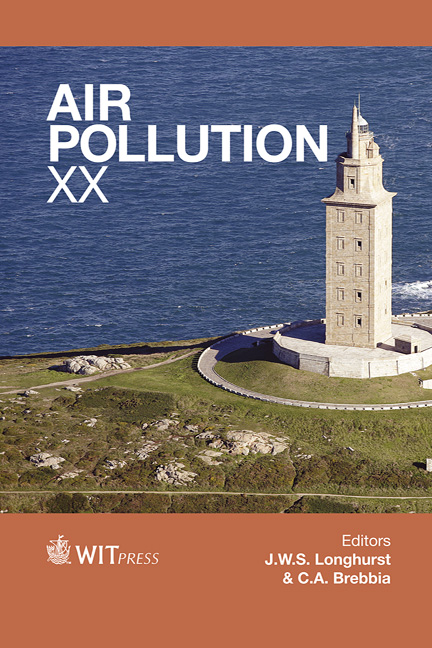Experimental Study Of Atmospheric 3D Dispersion Of A Passive Tracer In Urban Environment: Comparison With Briggs Urban Model
Price
Free (open access)
Transaction
Volume
157
Pages
11
Page Range
261 - 271
Published
2012
Size
887 kb
Paper DOI
10.2495/AIR120231
Copyright
WIT Press
Author(s)
M. Francis, D. Maro, O. Connan, D. Hebert, M. Goriaux, B. Letellier & P. Defenouillere
Abstract
FluSAP 2010, a part of a large federative research program Vegdud (2010–2013) funded by the French National Research Agency, is an experimental campaign aiming to improve our knowledge on the dispersion of a plume in heterogeneous urban zones. For this, the French Institute for Radiological Protection and Nuclear Safety (IRSN) conducted an experimental campaign in the city of Nantes (France) to study atmospheric dispersion. A gas tracer SF6 was released in the atmosphere and measured at different altitudes (from 1 to 100 m) by using a mast and a small tethered balloon. This allows determining the plume vertical dispersion in an urban area as a function of atmospheric turbulence. A sampling system was also used at ground (1 m height) in order to evaluate the plume horizontal dispersion. All these systems were placed at a distance from the emission point between 20 and 1150 m: 30 SF6 emissions were performed between May 18 and May 27, 2010. High compatibility was found between experimental horizontal and vertical widths of the plume and Briggs urban model for the stability class B, C and D according to Pasquill classification. However, this compatibility was only confirmed for small distances from the source (till 370 m). For higher distances from the source, it is hard to draw significant conclusions. Keywords: atmospheric dispersion, experimental campaign, urban zone, Briggs urban model.
Keywords
atmospheric dispersion, experimental campaign, urban zone, Briggs urban model.





